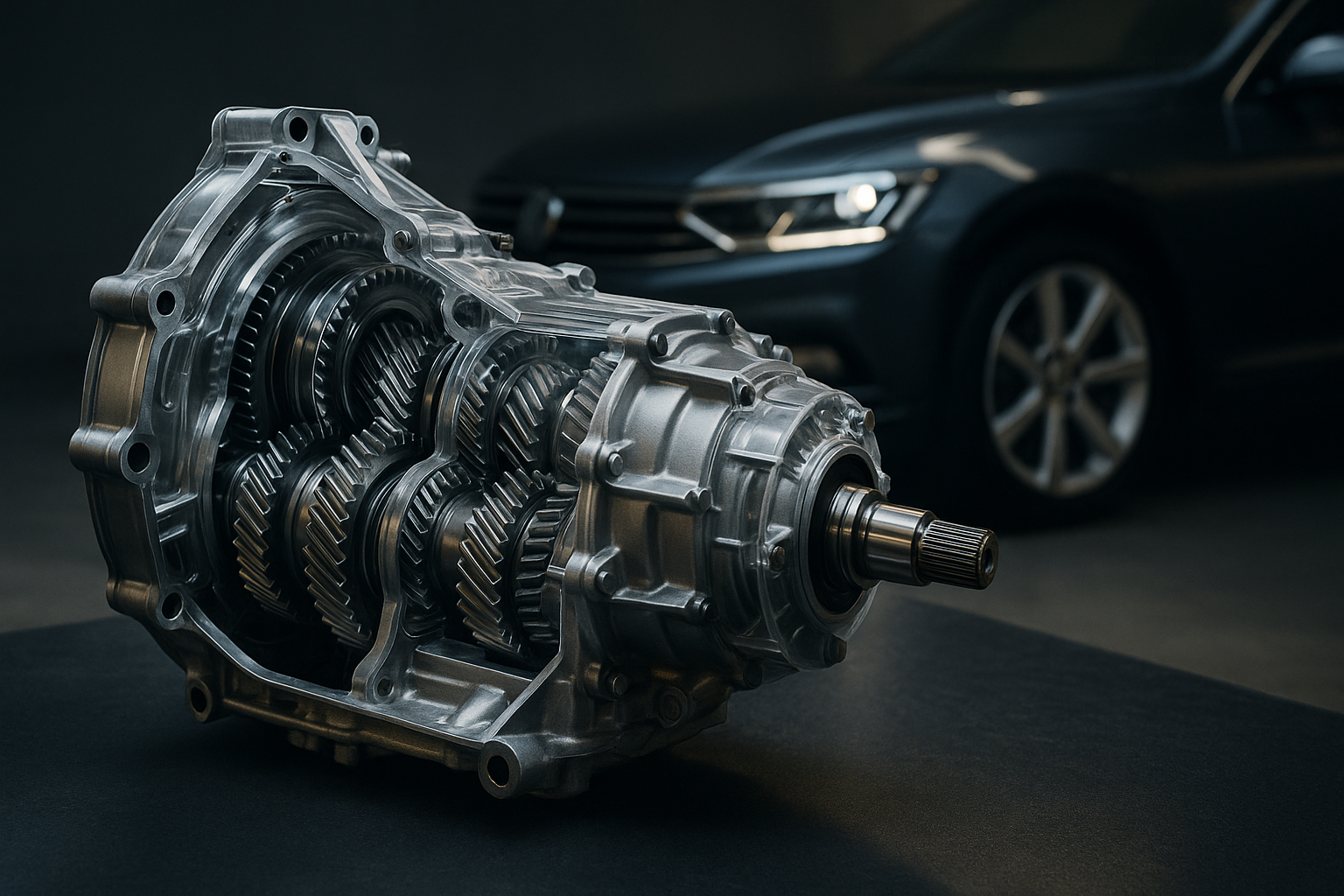Mastering the Intricacies of Advanced Gearbox Technology
As an automotive enthusiast, there's no denying the thrill that comes with understanding the intricate workings of a car. One aspect that often goes unnoticed is the gearbox. It's not as glamorous as the engine or as visible as the design, but it plays a vital role in a vehicle's performance. Let's delve into the world of advanced gearbox technologies, their evolution, and their impact on our driving experience.

The gearbox, also known as the transmission, is the unsung hero of automotive technology. It’s an intricate system that allows the engine’s power to be transferred to the wheels, enabling the vehicle to move. Over the years, gearbox technology has evolved dramatically, with manufacturers introducing innovative solutions to enhance car performance and driving comfort.
A Trip Down Memory Lane: The Evolution of Gearbox Technology
The history of gearbox technology is a fascinating journey. In the early days of automobiles, vehicles were equipped with simple manual gearboxes. Drivers had to master the art of clutch control and gear shifting, which was a challenging task, especially for beginners.
By the mid-20th century, automatic transmissions became popular, offering ease of use and smoother ride quality. However, they were less fuel-efficient compared to their manual counterparts.
Fast forward to the 21st century, manufacturers introduced the Continuously Variable Transmission (CVT) and the Dual-Clutch Transmission (DCT). These advanced gearbox technologies deliver superior fuel efficiency, seamless gear shifts, and improved performance, marking a significant leap in automotive engineering.
The Power of Sophistication: CVT and DCT Gearboxes
The CVT offers infinite gear ratios, providing a buttery-smooth driving experience. It’s highly efficient and ideal for city driving. However, it’s often criticized for its lackluster acceleration and the ‘rubber band effect’—a delay between the acceleration pedal input and the vehicle’s response.
On the other hand, the DCT combines the best of manual and automatic transmissions. It uses two separate clutches for odd and even gear sets, allowing for quick and smooth gear changes. It offers impressive fuel efficiency and performance, but it’s often more expensive and complex to maintain.
Revolutionary Impact: The Influence of Advanced Gearboxes
The introduction of CVT and DTC gearboxes has revolutionized the automotive industry. These technologies have made vehicles more efficient, responsive, and enjoyable to drive. They have also paved the way for the development of high-performance sports cars, proving that gearboxes can significantly influence a car’s performance.
However, these technologies come with their own set of challenges. For instance, the complex design and high repair costs of DCT gearboxes can deter potential buyers. Similarly, the lackluster driving experience with CVTs can be a turn-off for driving enthusiasts.
The Road Ahead: Future Trends in Gearbox Technology
Looking ahead, we can expect to see further advancements in gearbox technology. Manufacturers are already exploring ways to improve the efficiency and performance of CVTs and DCTs. Additionally, the emergence of electric vehicles and hybrid technologies is prompting the development of new transmission systems.
In conclusion, the humble gearbox is a testament to the marvel of automotive engineering. Its evolution reflects the industry’s relentless pursuit of performance, efficiency, and driving comfort. As we continue to push the boundaries of what’s possible, it’s exciting to imagine what the future holds for gearbox technology.






